Select the combination of options below that you want for your perfect plant. Only those plants in our database that match all of your criteria will be returned. Happy plant hunting!
Our plant selector:
Page 4 of 5
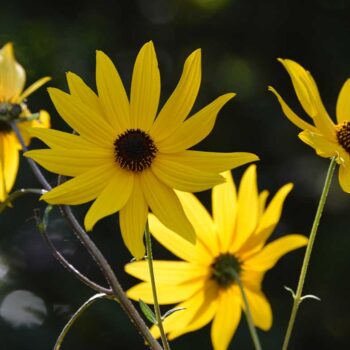
How to Grow and Care for Swamp Sunflower – Helianthus angustifolius
In the middle of summer, the bright yellow, showy flowers of swamp sunflower light up my garden. This perennial’s flowers keep blooming into the fall. It’s late October, and I still have bright yellow flowers that add some fall color to my yard. We have a patch in our backyard that stays wet most of […]
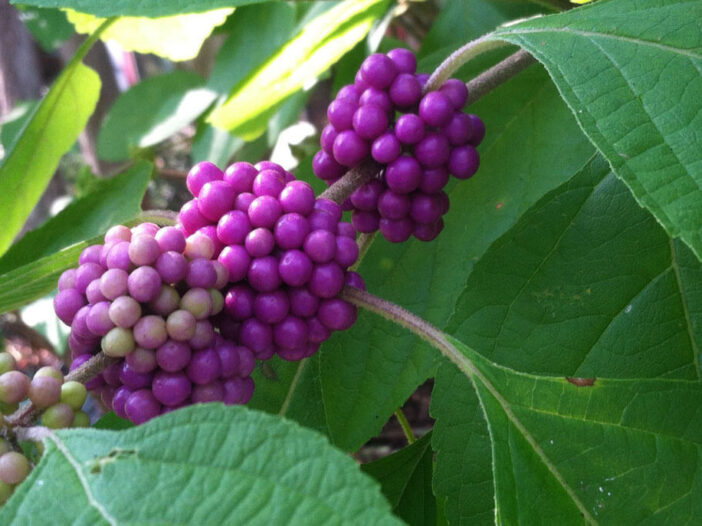
How to Grow American Beautyberry Bush (Callicarpa americana)
American beautyberry is a perennial, native shrub found throughout the southeast that is deer resistant and an excellent food source for birds and pollinators. The rich purple color of the berries adds brilliant color to the shady areas of your garden. When planted in groupings, the color of the berries is a show stopper. American […]
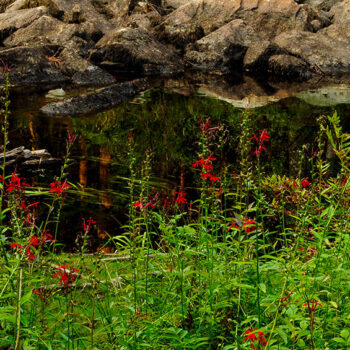
Grow Cardinal Flower In Wet Soils for Hummingbirds
Cardinal flower (Lobelia cardinalis) is a perennial native plant that blooms from mid-summer to fall. The flowers on the bottom of its tall stalk bloom first, gradually opening to the top of the stem. It is also known as red cardinal plant or red cardinal flower. Colorful Plant for Moist Soils – Growing Conditions This […]
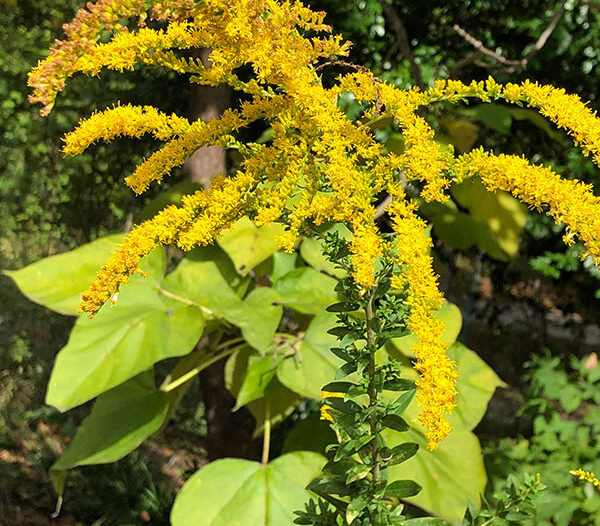
Goldenrod (Solidago spp.) Benefits Wildlife
You’ve probably seen the bright yellow-gold blooms of goldenrod along roadsides, in ditches, or fields. This plant is prevalent throughout most of the U.S., except in some northwestern states. It’s a plant with a lot of wildlife benefits. Native Range There are about 120 different species of goldenrod and most of them are native to […]
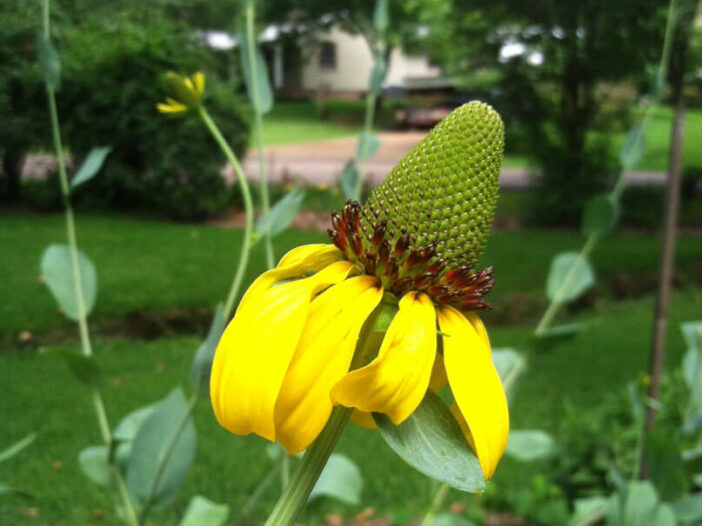
Giant Coneflower – Rudbeckia maxima
Rudbeckia maxima, otherwise known as the giant coneflower, is in the Asteracea family. The flower resembles a brown-eyed Susan, but the petals hang down, and the center is much taller. This plant can grow up to 7 feet tall. Planted in a large group, it makes a nice visual impact. Other common names for this […]
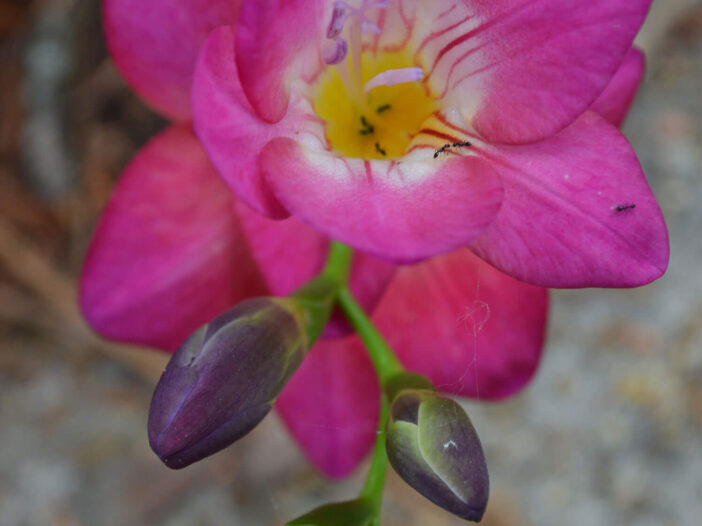
Freesia – Early Spring Blooms
This is the second year that I planted freesia bulbs. I had a bag that had been in my gardening supplies for a year or so (I have a tendency to put things away and forget about them), so I finally decided to put them in the ground. The results were great! These are such strong-smelling […]
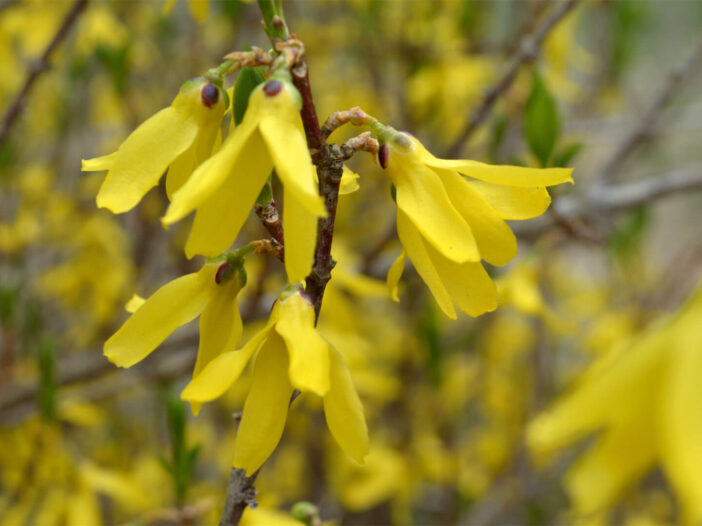
Forsythia: A Shrub for Early Spring Color
Forsythia (Forsythia x intermedia) is a non-native, deciduous, woody ornamental shrub. It provides only a little wildlife benefit, but it is suitable for soil retention and a privacy barrier and is a fast grower. It is an early spring bloomer and provides bright yellow to the landscape when there isn’t much other color. Flowers are […]
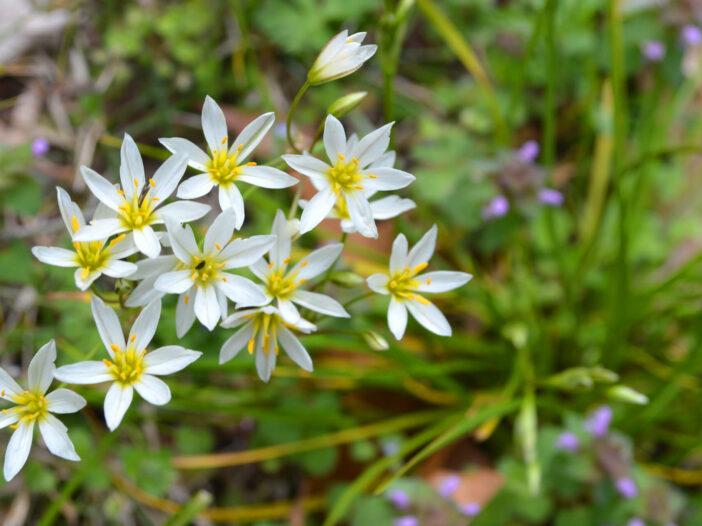
False Garlic (Nothoscordum bivalve)
I love the flowers of false garlic, which bloom in large numbers, but as the blooms fade, the grass-like leaves are quite abundant. I prefer not to have them in my flower beds, but I leave them blooming in the lawn and will not cut the grass until the blooms are done. It blooms in […]
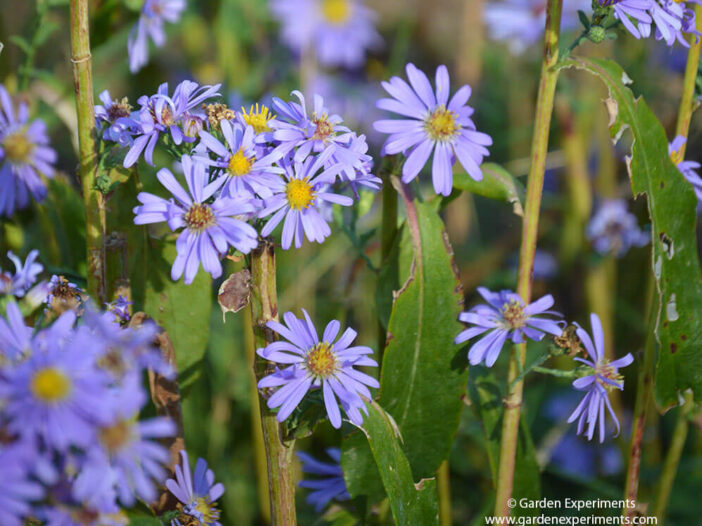
Fall Asters: Purple Blooms for Bees, Butterflies, & Beauty
Fall in the southeast still tends toward the warmer temps, which means that bees and butterflies are still hanging around. The scorching heat and sun of the late summer has often killed off many of the most prolific flowering plants, meaning there are less flowers for the pollinators to feed on. Adding a few fall-flowering […]
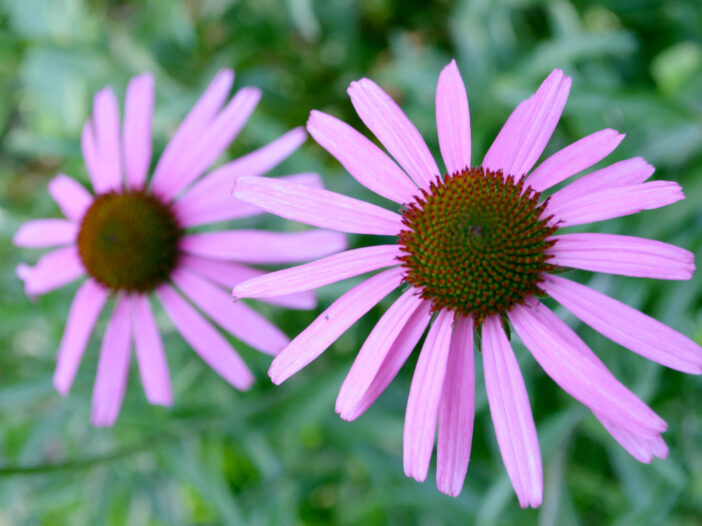
Echinacea species – Flowering plants for bees, butterflies, and birds
Butterflies and bees love coneflowers in the genus Echinacea. You are probably familiar with purple coneflower (Echinacea purpurea), but many cultivars are now available in various colors: red, pink, white, orange, yellow, cream, green, and gold. There are even Echinacea flowers with double blooms. Natives vs Cultivars Echinacea is native to the central and eastern […]
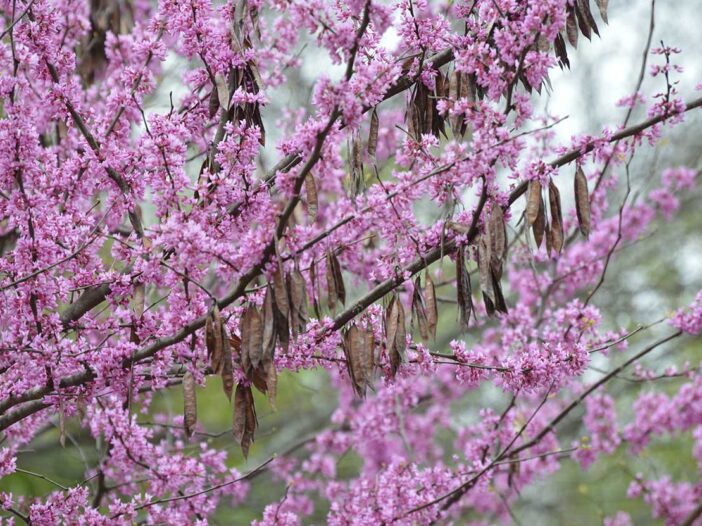
Eastern Redbuds Provide Early Spring Food for Bees
The pink-hued blooms of native eastern redbud trees (Cercis canadensis) are one of the first signs of color that I see in March. It’s a sure sign that spring is on its way and that more color will begin to pop up in the lawns and gardens in our neighborhood. After months of cold weather […]
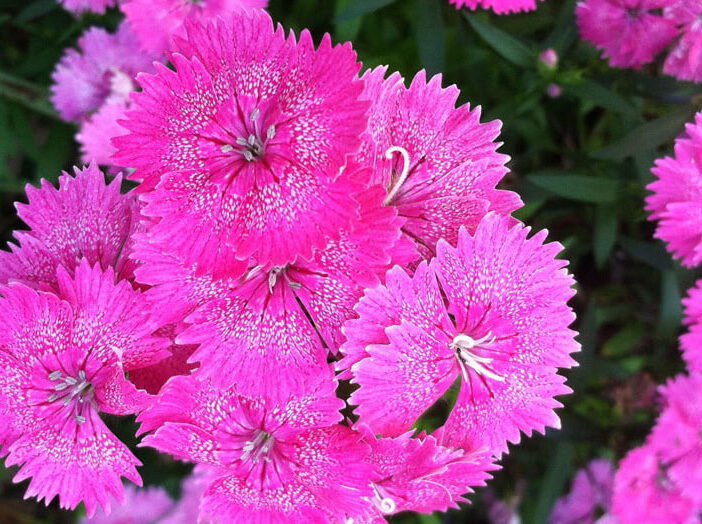
Dianthus: Pinks, Carnations, and Sweet Williams
The Dianthus in my garden are one of the first flowers to bloom in early spring, just after the daffodils are done. These are the low-growing variety with pink, red, or white flowers. The plants are covered in blooms and come back every year. Many Dianthus are perennial and range in height from a low […]
